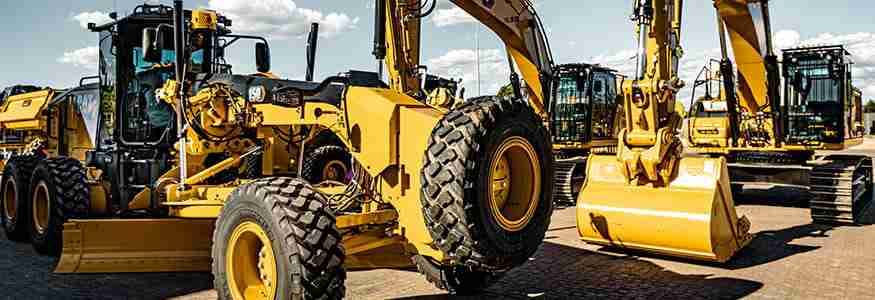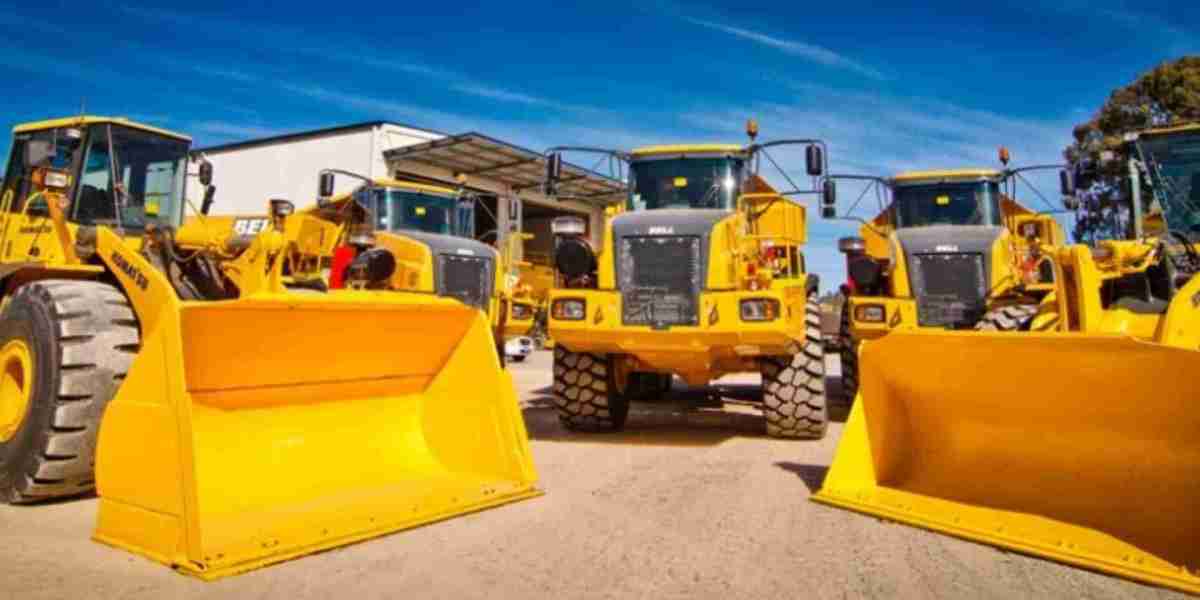The construction equipment rental market has experienced significant growth in recent years, driven by rising infrastructure development, cost-conscious construction practices, and the demand for operational flexibility. Renting construction machinery has become a viable option for contractors looking to reduce capital expenditure while gaining access to modern equipment.
Despite its upward trajectory, the market faces several growth challenges that could slow its expansion if left unaddressed. Understanding these obstacles is essential for industry players seeking to maintain competitive advantage and support sustained growth.
1. High Operational and Maintenance Costs
One of the foremost challenges facing rental companies is the cost of maintaining and operating heavy equipment. Continuous use by different clients across diverse job sites leads to wear and tear, making frequent maintenance a necessity. This directly impacts profitability and requires rental providers to maintain a robust fleet management strategy.
Additionally, spare parts, technical personnel, and servicing schedules must be coordinated efficiently to minimize downtime. Failure to do so can result in customer dissatisfaction and revenue loss.
2. Skilled Labor Shortage
A major growth barrier in the rental equipment market is the lack of trained operators and technical staff. The operation of advanced construction machinery often requires specific skills that many contractors and laborers may lack, especially in developing markets.
Without proper training, there is an increased risk of accidents, equipment misuse, and delays in project completion. This shortage not only affects the rental company's ability to offer complete service packages but also limits customer access to high-end machinery.
3. Limited Penetration in Rural and Emerging Markets
Although urban centers see significant rental activity, rural and remote areas often lack access to rental services. Transporting heavy machinery to such regions is expensive and logistically complex, discouraging rental companies from expanding their footprint.
Moreover, construction companies operating in rural areas may be unfamiliar with rental options or unwilling to transition from traditional ownership models. This gap restricts market reach and limits growth opportunities in developing regions.

4. Fluctuating Demand and Economic Instability
The construction equipment rental market is highly sensitive to economic fluctuations. During downturns or periods of inflation, infrastructure projects may be delayed or downsized, directly affecting rental volumes. Budget constraints and uncertainty in future cash flow can also deter contractors from entering rental agreements.
Furthermore, in regions with political instability or regulatory unpredictability, companies hesitate to invest in expanding rental fleets, fearing lack of long-term demand stability.
5. Resistance to Transition from Equipment Ownership to Rental
Despite its advantages, some construction firms still prefer owning their equipment. This resistance stems from perceived control, reliability, and long-term investment benefits associated with ownership. Older companies, especially in traditional markets, may view rental as a short-term fix rather than a strategic choice.
Changing this mindset remains a challenge. Rental companies must clearly communicate the financial and operational benefits of rental, such as reduced depreciation, lower maintenance liability, and access to the latest technology.
6. Digitalization and Technological Lag
The equipment rental industry is undergoing a digital transformation, but not all rental companies are adapting at the same pace. Many still rely on manual systems for tracking, booking, and customer engagement, which slows down operations and affects scalability.
The lack of investment in technologies like online platforms, IoT fleet tracking, predictive maintenance, and mobile apps limits the ability of these businesses to compete with more agile, tech-savvy competitors. Customers now expect a seamless digital experience—from equipment search to payment and delivery.
7. Regulatory Hurdles and Compliance Requirements
Rental providers must adhere to a wide range of regulations related to emissions, transportation, insurance, and safety protocols. Inconsistent regulations across regions can complicate fleet deployment and lead to unexpected compliance costs.
Moreover, frequent changes in environmental or construction laws may render some equipment outdated or non-compliant, forcing rental companies to invest in newer models more frequently than anticipated.
Addressing the Challenges: Strategic Recommendations
To overcome these growth challenges, construction equipment rental companies must adopt a proactive and adaptive approach:
Invest in Digital Platforms: Streamline booking, tracking, and customer service to enhance user experience and operational efficiency.
Offer Operator Training Programs: Provide certified training with equipment rentals to bridge the skill gap.
Expand to Underserved Areas: Partner with local logistics providers to make rural deployment more feasible.
Educate Clients on Rental Benefits: Promote awareness through content, webinars, and consultations to shift ownership mindsets.
Diversify Fleet and Services: Offer customized packages, including maintenance and insurance, to add more value.
Conclusion
The Construction Equipment Rental Market has great potential for long-term growth, but a number of challenges continue to hinder its full development. By acknowledging and addressing these barriers—ranging from operational costs to digital adoption—rental companies can create more resilient and scalable business models.
Navigating these growth challenges successfully will allow the industry to keep pace with rising global infrastructure demand while delivering innovative, cost-effective, and flexible solutions to the modern construction sector.




